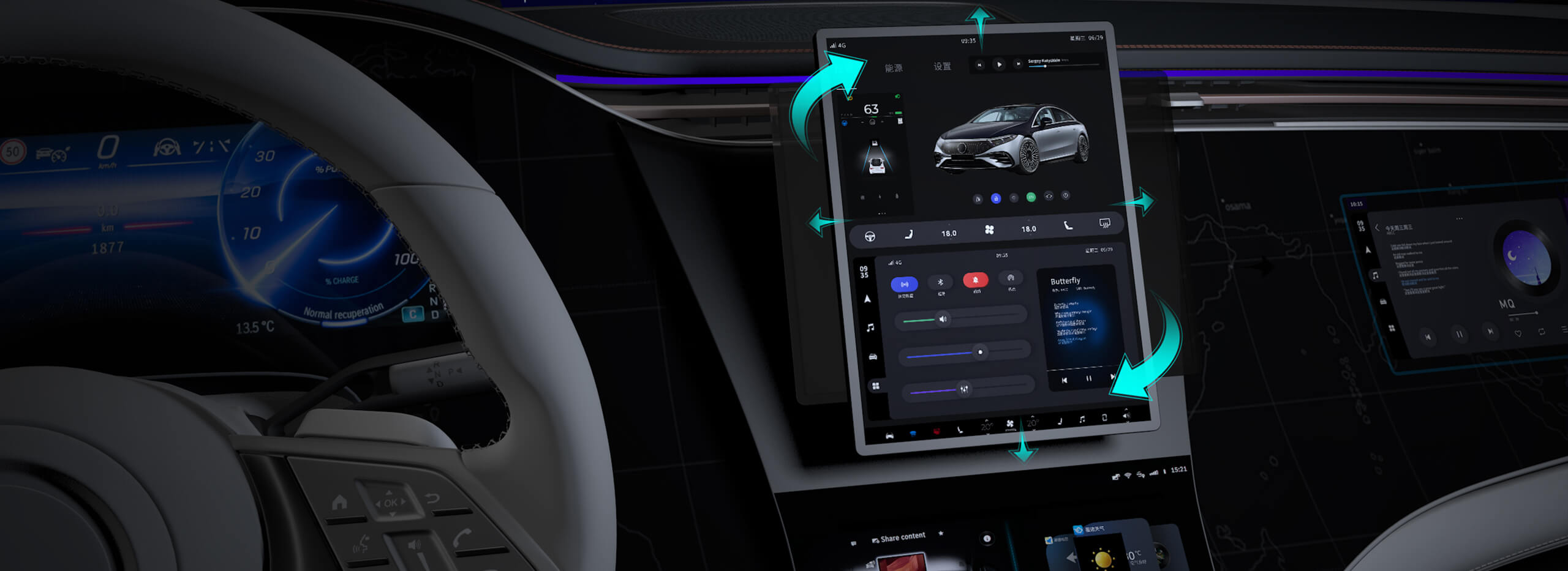Building a microservice application is like assembling a giant Lego set—except instead of colorful bricks, you’re dealing with tiny, independent modules that work in harmony. The beauty? Flexibility. The challenge? Making sure each piece fits just right without crashing the whole setup. So, how do you get started with designing a microservice platform that’s both scalable and resilient?

First off, think about breaking down your application into smaller, manageable chunks. Let’s say you’re creating a platform for online shopping. Instead of one big monolithic app, you’d split it into services like user management, product inventory, payments, and order fulfillment. Each of these can evolve on its own, without dragging the entire system down if something goes wrong.
But here’s the tricky part—how do these microservices talk to each other? This is where API design shines. RESTful APIs are popular for their simplicity and standardization. If you want real-time updates, WebSocket connections or message queues can step in to keep things moving smoothly. The goal is to ensure communication is efficient and robust, reducing delays or data mismatches.
Now, what about choosing the right technology stack? The landscape is vast—think Node.js, Python, Java, or Go. It’s not about finding the “best” language but about selecting ones suitable for each service’s need. Some services might need fast execution, while others benefit from rapid development. Also, containerization tools like Docker can be a lifesaver. They help you package services so they run consistently across different environments.
Security is another layer not to ignore. In a microservice world, each component could be a potential attack vector. So, implementing authentication, encryption, and strict access controls across services is crucial. It’s like putting locks on every door—better safe than sorry.
Monitoring and logging should also be baked into your design from day one. As your system grows, issues will pop up—maybe a service slows down or a bug appears unexpectedly. Using tools that give you real-time insights helps nip problems in the bud before they spiral out of control.
Here's a question to ponder: how do you make sure your microservices don’t turn into a tangled mess over time? The answer lies in automated testing, consistent deployment practices, and version control. Regularly updating each service without disrupting others? That’s a game-changer. Continuous integration and continuous deployment pipelines often come into play here—making sure everything stays tight and functional.
Lastly, before diving into development, picture the end result. Imagine a smooth, scalable system that adapts as your needs change—adding new features without breaking a sweat. Microservice design isn’t just a technical challenge; it’s a shift in how you think about building software—more modular, more flexible, more future-proof.
Thinking about it, many find success by starting small—maybe just two or three services—and then growing into a robust architecture. Making sure each piece is well-documented and understood keeps the whole ecosystem healthy. Over time, that approach turns into a resilient, high-performing application that handles growth and change without missing a beat.
Established in 2005, Kpower has been dedicated to a professional compact motion unit manufacturer, headquartered in Dongguan, Guangdong Province, China. Leveraging innovations in modular drive technology, Kpower integrates high-performance motors, precision reducers, and multi-protocol control systems to provide efficient and customized smart drive system solutions. Kpower has delivered professional drive system solutions to over 500 enterprise clients globally with products covering various fields such as Smart Home Systems, Automatic Electronics, Robotics, Precision Agriculture, Drones, and Industrial Automation.




































